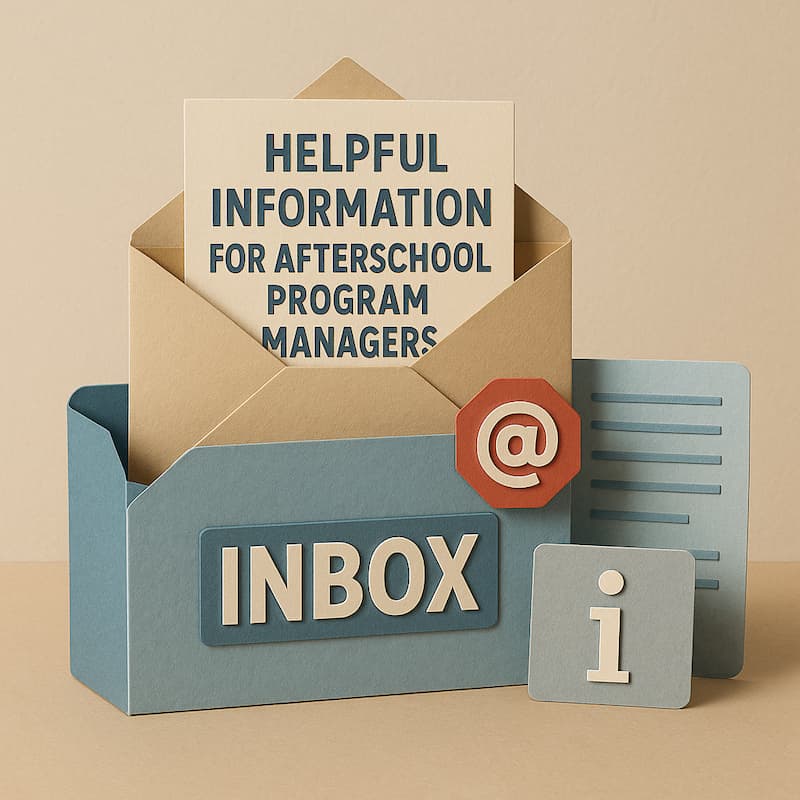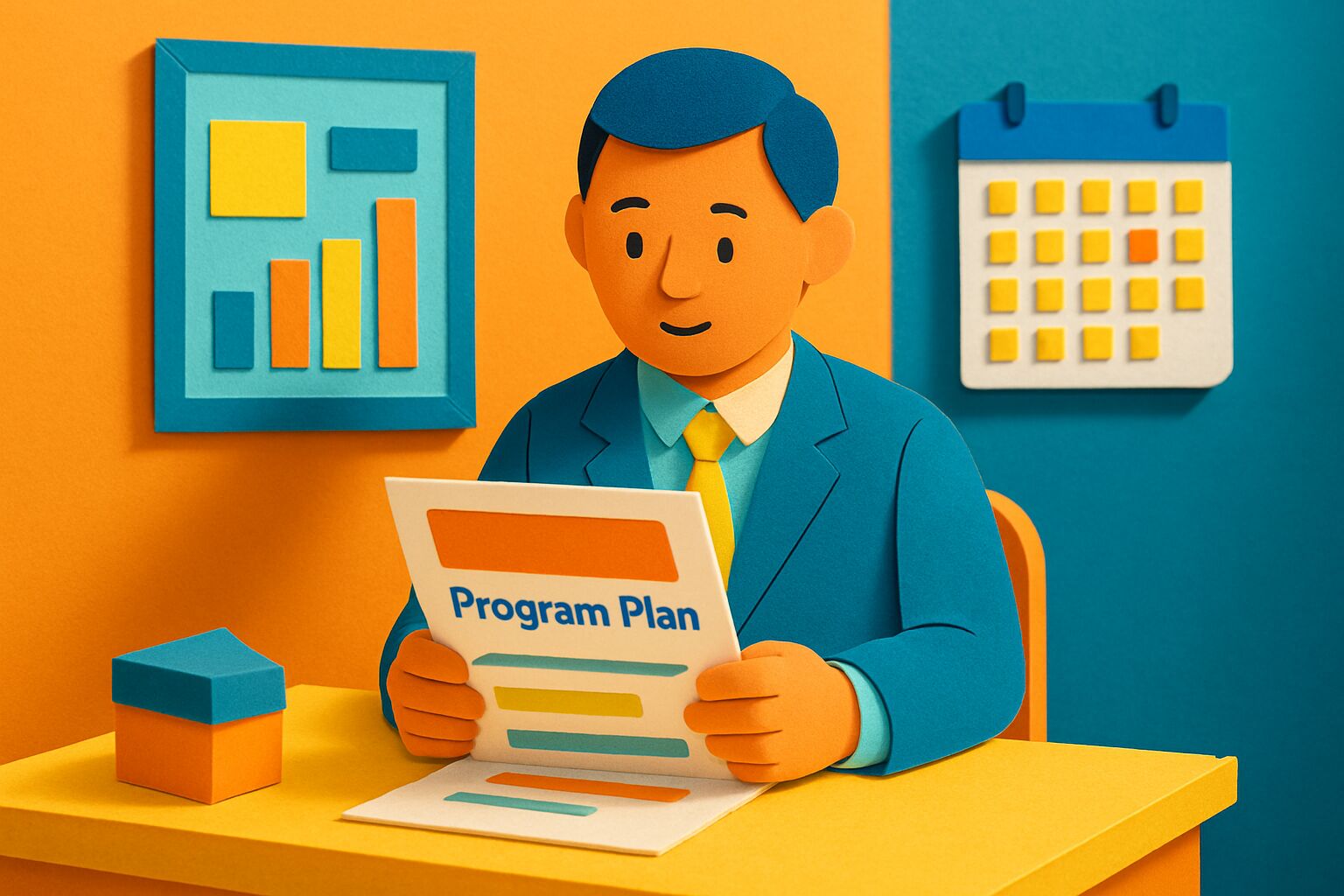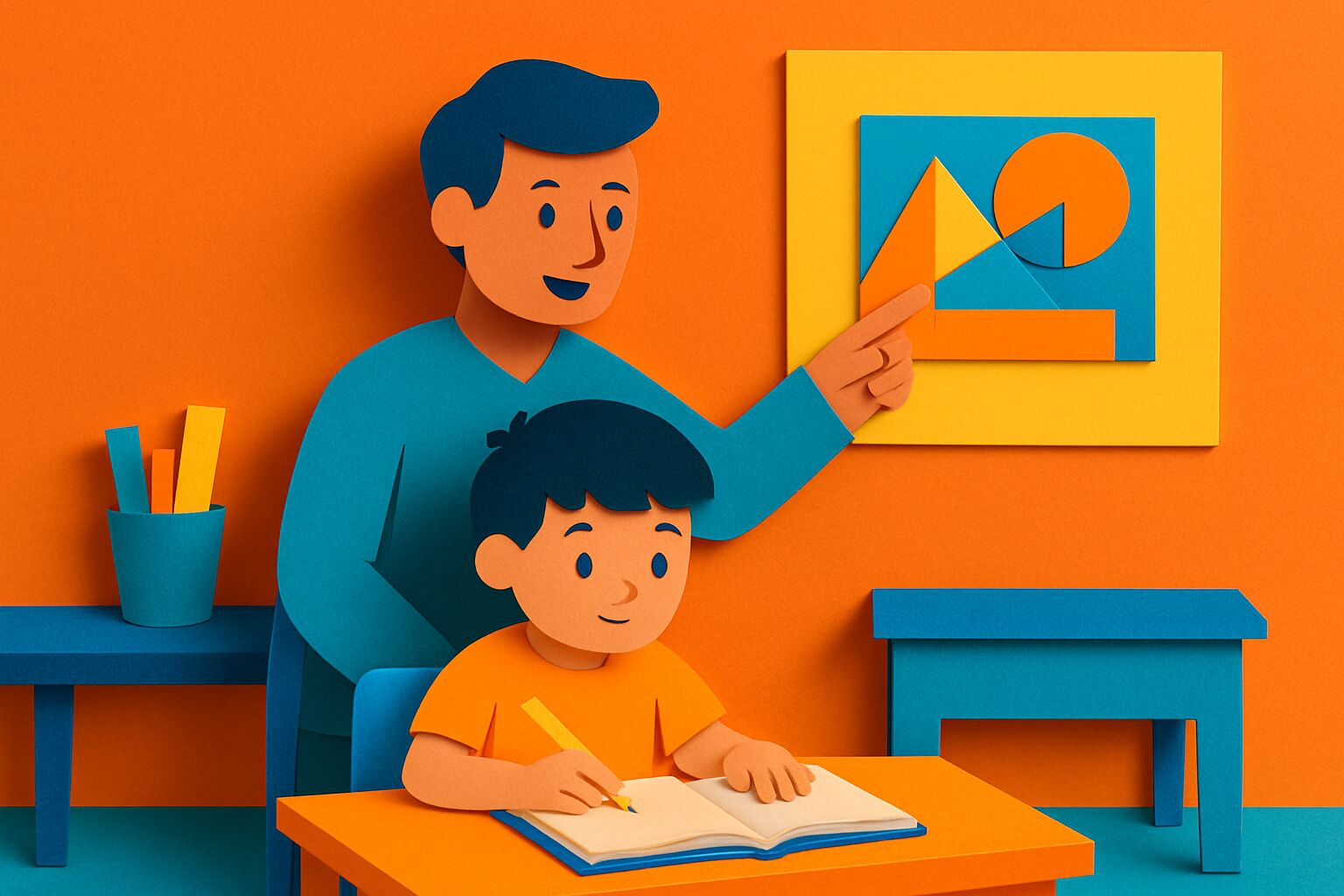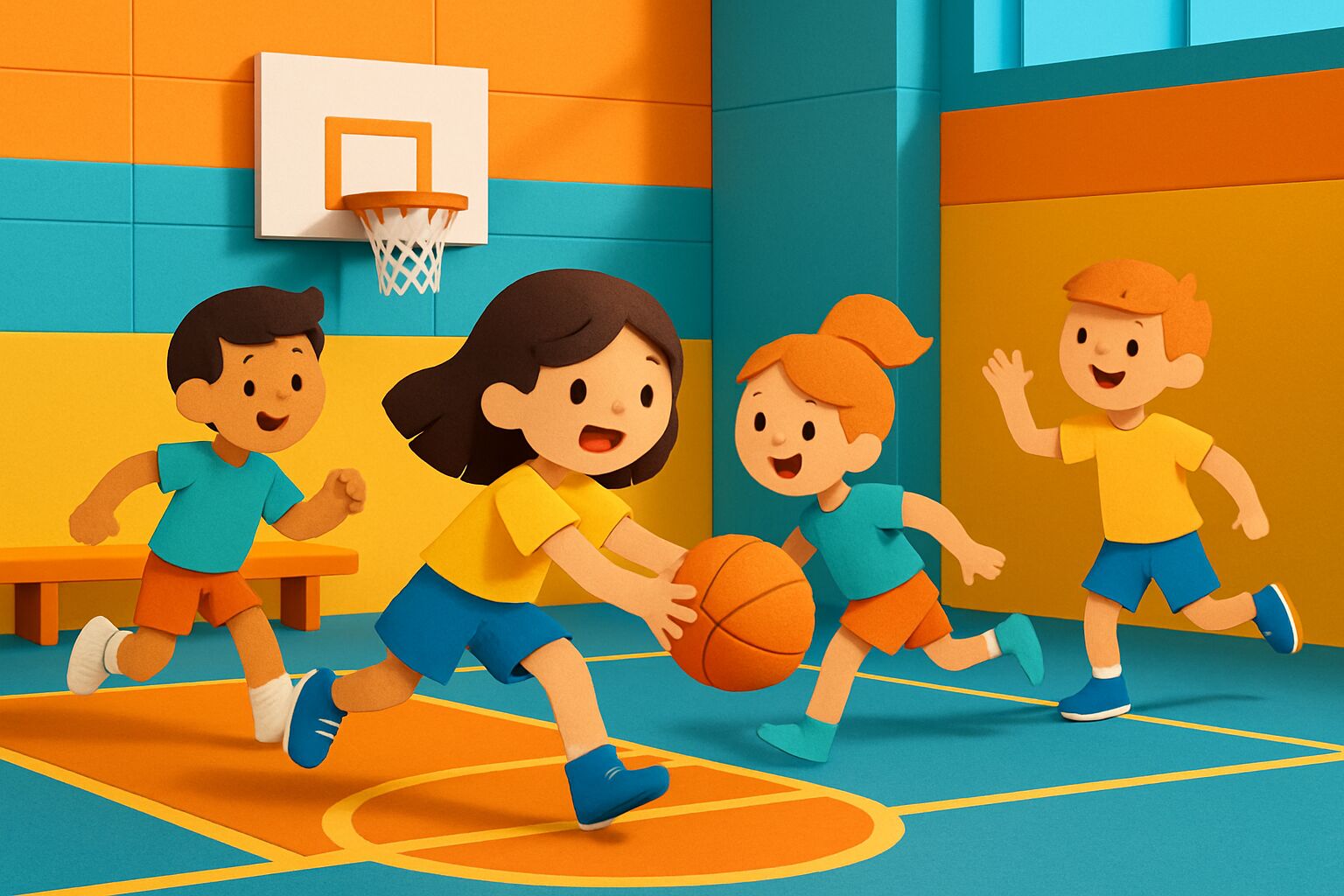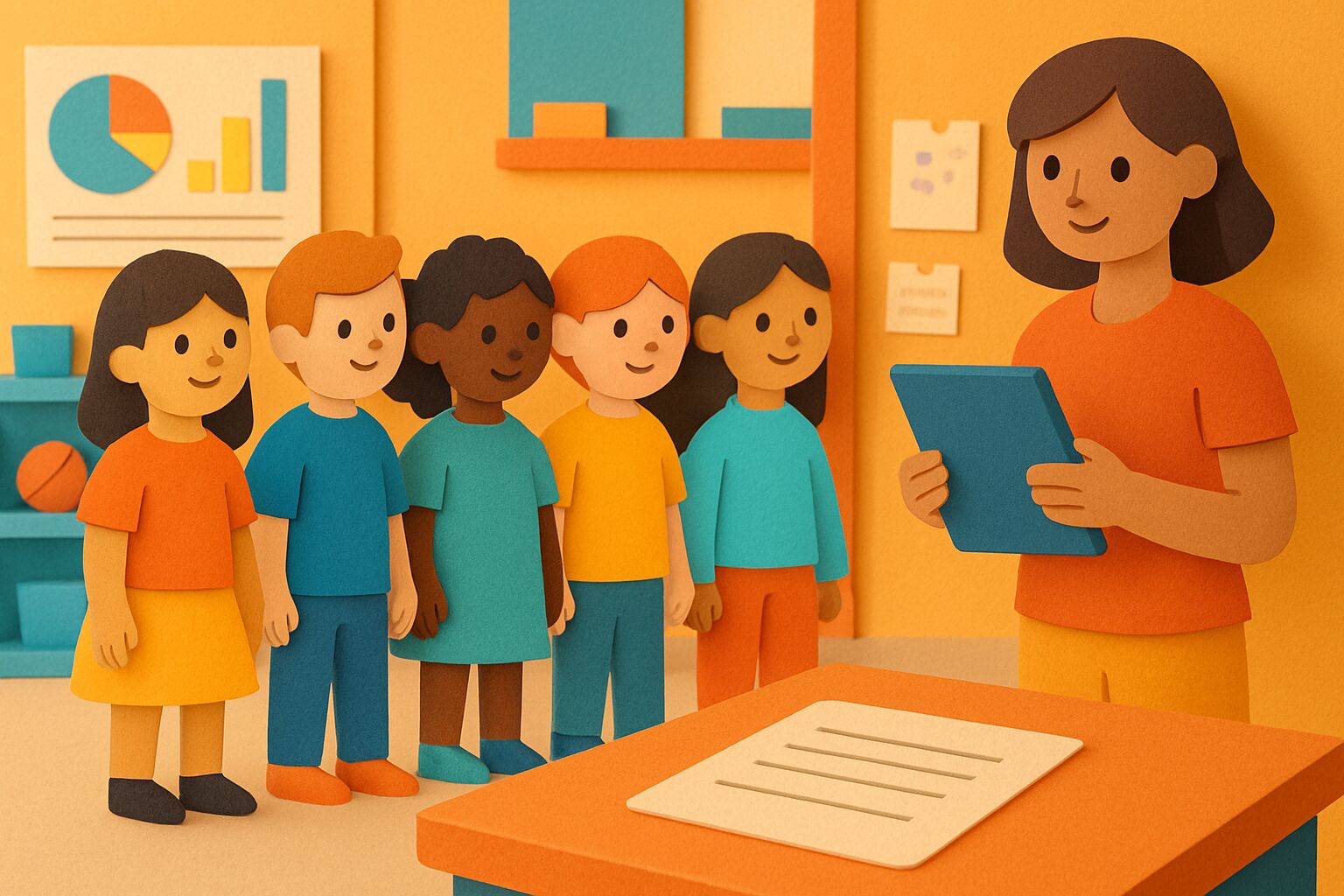What is ELOP?
The Expanded Learning Opportunities Program (ELOP) is a California state initiative that funds before-school, after-school, summer, and intersession programs for elementary students. California lawmakers launched ELOP after data revealed significant learning loss and reduced attendance among elementary students. Its goal is to support academic, social, emotional, and physical development through enriching, hands-on learning experiences outside the regular school day.
Table of Contents
- What does ELOP stand for?
- Why was ELOP created?
- Who can participate in ELOP?
- What makes ELOP different from regular school?
- How does ELOP work in schools and communities?
- Conclusion / TL;DR
What does ELOP stand for?
ELOP stands for Expanded Learning Opportunities Program. It was established in 2021 by Assembly Bill 130 and is now a core part of California’s K–12 education system.
Why was ELOP created?
ELOP was launched to address equity and opportunity gaps in California’s education system—especially those worsened by the COVID-19 pandemic. It ensures that all elementary students have access to enriching learning outside of the regular school day.
This initiative is grounded in legislation (like Assembly Bill 130) and reflects research showing that expanded learning can support overall student growth — academically, socially, emotionally, and physically. For a deeper explanation of both the origins and broader purpose of ELOP, see Understanding ELO-P.
Who can participate in ELOP?
ELOP is designed to serve students in transitional kindergarten (TK) through sixth grade. Priority is given to “unduplicated pupils”—students who are low-income, English learners, foster youth, or homeless. However, LEAs must offer ELOP to all TK-6 students whose families choose to enroll.
For detailed eligibility rules, including priority groups and inclusion of TK, see California ELO-P FAQs.
What makes ELOP different from regular school?
ELOP doesn’t simply extend the regular school day—it offers complementary enrichment that goes beyond core academic instruction. Key differences include:
- A mix of academic support plus enrichment activities (arts, STEM, physical activity, social-emotional learning).
- Requirements for supervised in-person attendance and lower student-to-staff ratios.
- Access supports like nutritious snacks/meals and transportation.
- A focus on whole-child development in fun, engaging environments.
For a closer look at quality practices and outcomes that make ELOP distinct, read A Data-Driven Look at ELO-P for Program Directors.
How does ELOP work in schools and communities?
Each school district develops its own ELOP plan, often working closely with community organizations like YMCAs, Boys & Girls Clubs, or local museums. This flexibility allows programs to reflect local needs and interests.
Local implementation includes:
- Designing before-school, after-school, summer, or intersession programs that align with school and family schedules. For a detailed overview, see What is ELOP? A Comprehensive Guide.
- Partnering with parents and community groups to build trust and provide wrap-around supports. For guidance on managing partnerships and operations, check Expanded Learning Opportunities Programs: A Practical Guide for Directors.
Across the state, schools are transforming into year-round community learning hubs.
Conclusion / TL;DR
- ELOP = Expanded Learning Opportunities Program, a California initiative.
- Created in 2021 to expand learning time and address opportunity gaps.
- Serves TK–6 students, especially those most in need.
- Offers academics + enrichment, safe environments, meals, and transport.
- Locally tailored, often through school-community partnerships.
Follow-up Questions
- What is an ELOP program?
- What is ELOP funding?
- How do I apply for ELOP funding?


